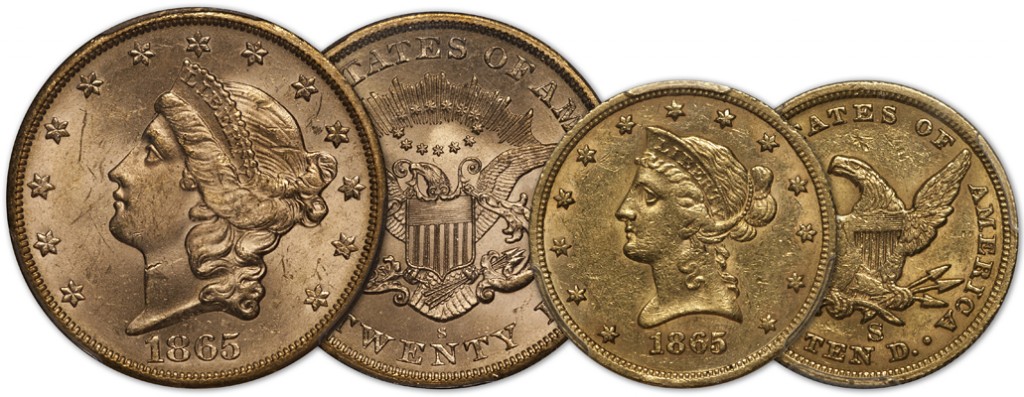Vertical Coin Collections
/I was having a conversation with client JF, and he told me about a way he collects coins which I thought was novel and neat enough to share with you. If you are familiar with wine collecting (and drinking) you know about verticals. A vertical wine collection is when an individual pursues different vintages of the same wine type (Bordeaux, Burgundy, etc.) from the same winery. An example of this would be a vertical set of Bordeaux from Chateau Lafite Rothschild bottled between 1985 and 2015.
JF has applied this collecting principle to coins and the result is, in my opinion, pretty compelling. He has chosen a few selected dates and mints and created vertical sets. This has been done before (Harry X. Boosel and his 1873 set comes to mind) but not with challenging dates/mintmarks, and not across the spectrum from silver to gold.
To respect this collector’s privacy I’m not going to reveal which vertical sets he is working on (there are some real doozies!) but I’m going to give you a specific example of how a vertical set would work.
If you like this concept, you have to give your possible set some serious thought. You don’t want to choose a set which is impossible to complete (like an 1870-S vertical set with the extremely rare silver dollar and the unique three dollar) or too mundane (like an 1888-S set…why bother?). You want a set in which as many denominations as possible were struck, and one which isn’t so conditionally challenging that you have to settle for very low grade pieces.
Charlotte, New Orleans, Denver, and Dahlonega vertical sets are not a realistic option, so this leaves Philadelphia, San Francisco, and Carson City. The San Francisco mint opened in 1854 and the Carson City mint began production in 1870, so these two dates need to be factored into the equation. Also, coinage of silver dollars was sporadic at the New Orleans mint, so this must be factored into the equation as well.
If I were asked which year to build a vertical set, I think I would select a Civil War date. 1864-S comes to mind due to the great rarity of the half eagle and eagle, but that might be a little too tough. The date I would select is 1865 and the mint I would choose is San Francisco.
In 1865, the San Francisco mint made silver coins in half dime through half dollar denominations but not the silver dollar. All four of these silver issues are scarce but all can be obtained in the higher circulated grades without much effort, and even a collector who wanted all four to fall in the MS63 to MS65 range could probably find the coins with patience (although the dime and the quarter would be really tough).
two sample items from a vertical collection
1865-S gold coinage exists for the quarter eagle, the half eagle, the eagle (two varieties), and the double eagle, giving the set a total of nine coins.
The quarter eagle and the double eagle are the most available of the gold coins; the former due to a relatively large original mintage and the latter due to shipwrecks. The half eagle is moderately scarce in lower grades, rare in AU, and exceedingly rare in Uncirculated. The two most challenging issues are the 1865-S eagles: the normal date and the inverted date. Both are rare in properly grade EF, very rare in AU, and nearly unavailable above AU55.
A vertical 1865-S set consists of nine coins in total and it is feasible to complete the silver portion of the set in Uncirculated and the gold portion in a mixture of AU and Uncirculated grades.
There are many other vertical sets which I think would be interesting to work on. For New Orleans, possible dates include 1855-O, 1857-O, 1858-O, and 1860-O. Some of the more interesting San Francisco dates include 1855-S, 1856-S, 1857-S, 1860-S, and 1864-S.
Do you collect vertical sets of United States coins? If so, which ones are you working on? I’d love to hear your comments and encourage you to leave them in the space below. For more interesting coin collecting strategies, please contact me by email at dwn@ont.com.










